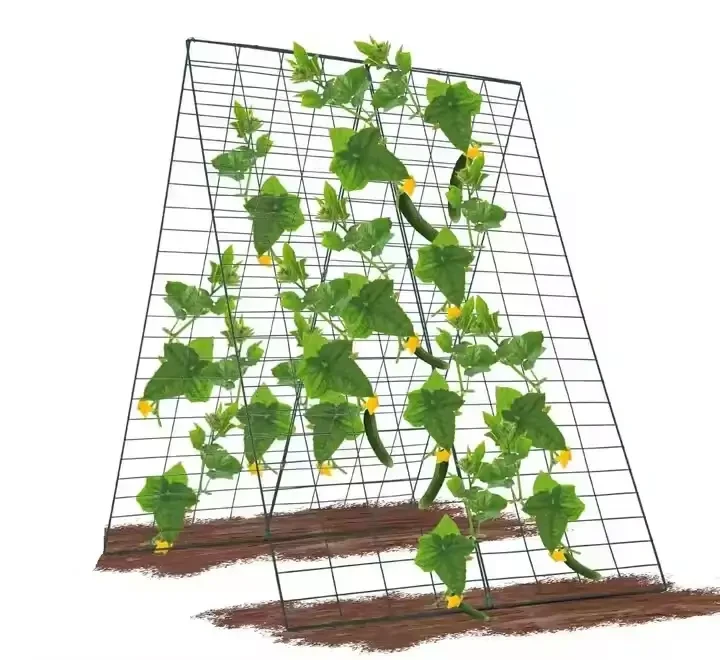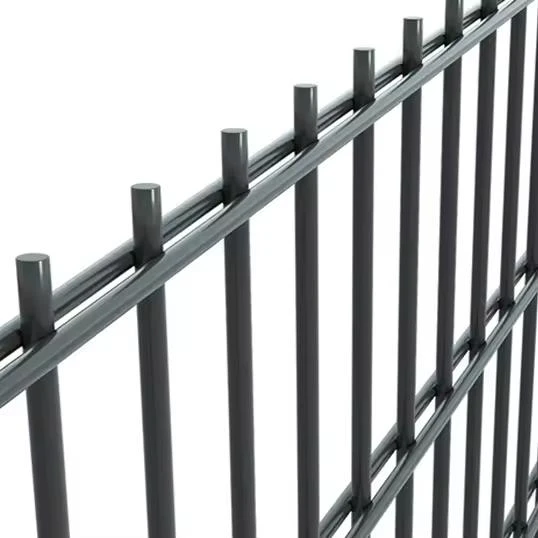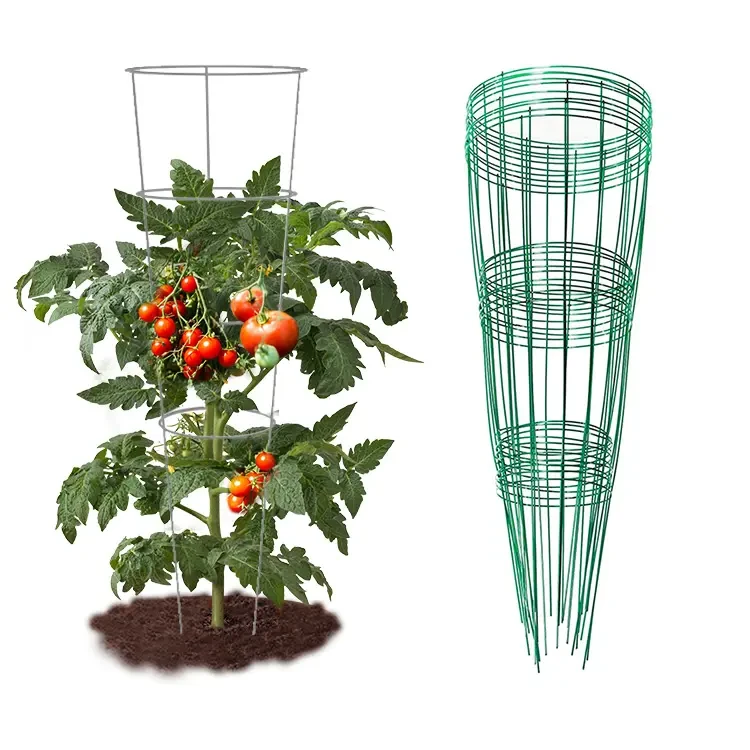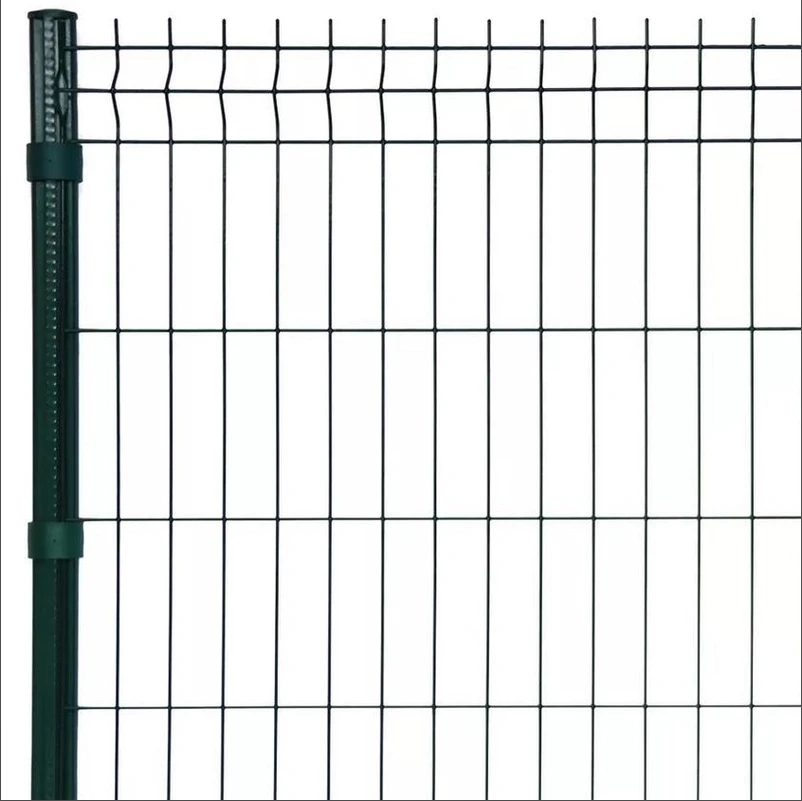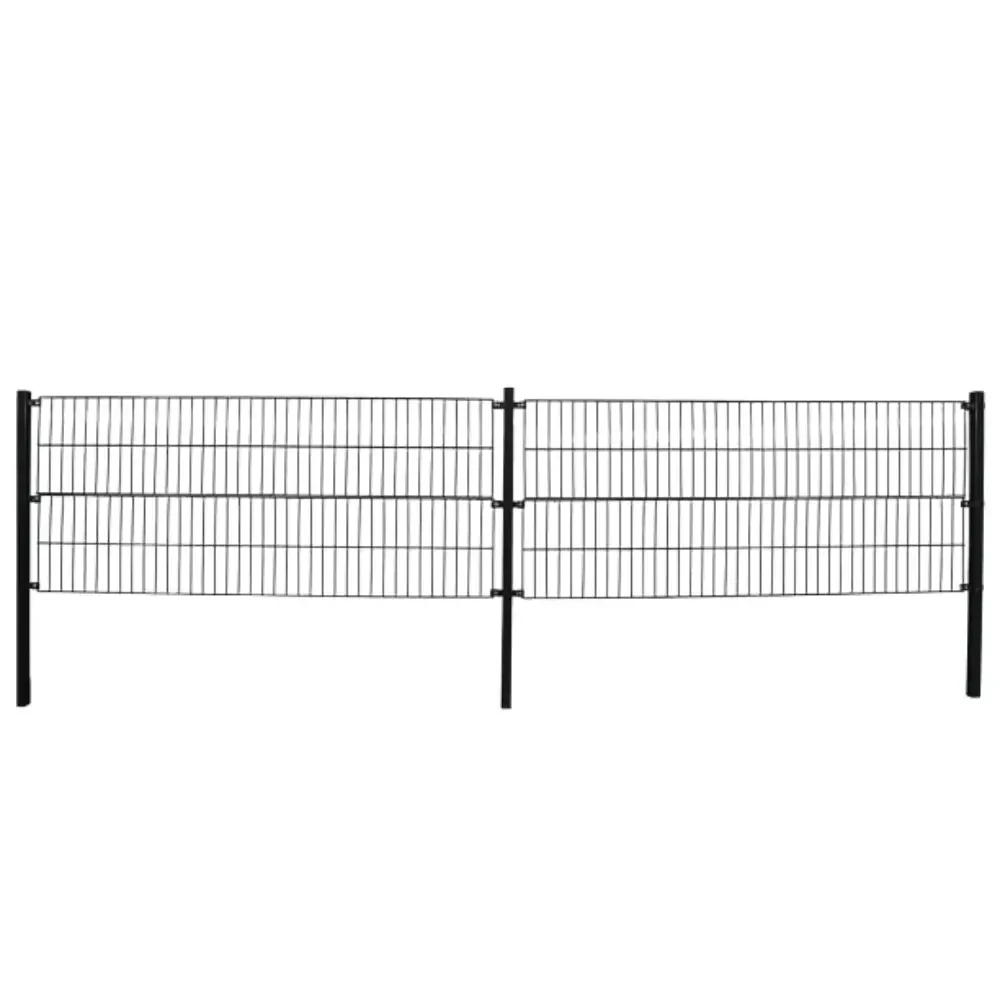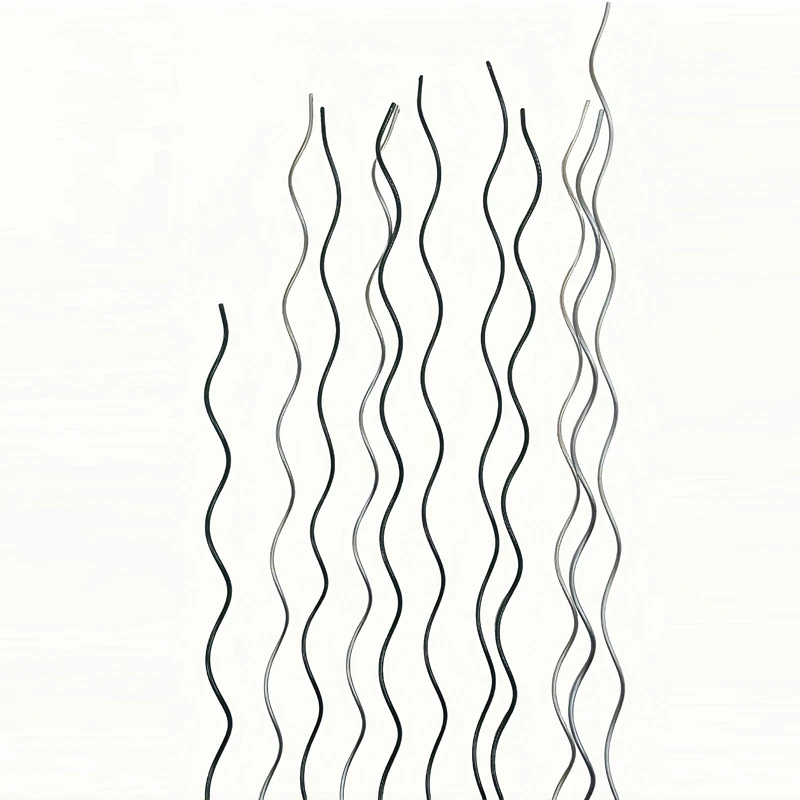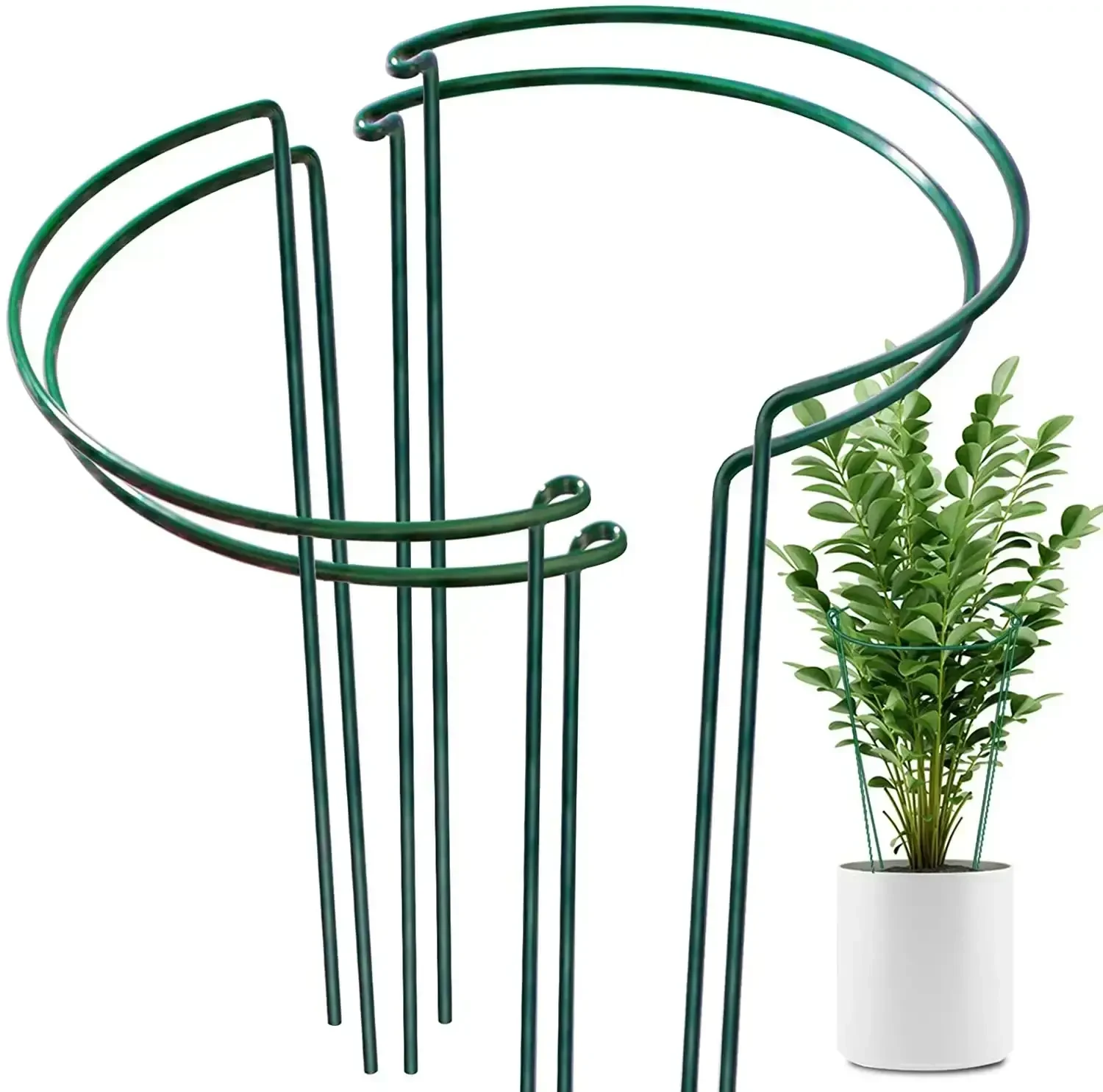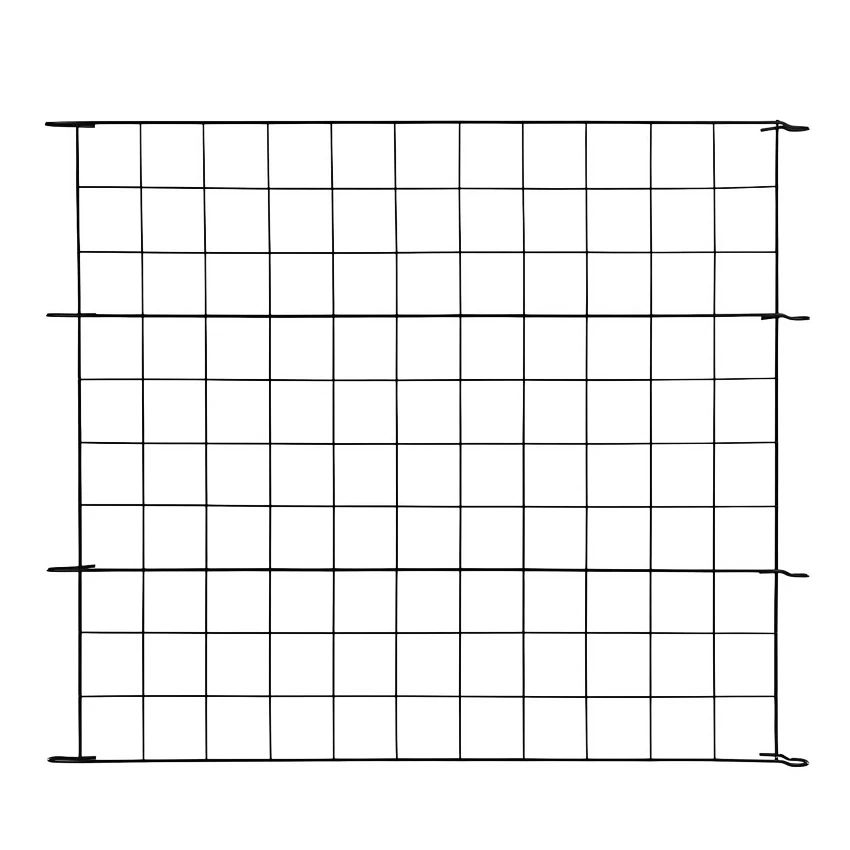-

-
 Whatsapp:+86 17732187393
Whatsapp:+86 17732187393 -


- Afrikaans
- Albanian
- Amharic
- Arabic
- Armenian
- Azerbaijani
- Basque
- Belarusian
- Bengali
- Bosnian
- Bulgarian
- Catalan
- Cebuano
- Corsican
- Croatian
- Czech
- Danish
- Dutch
- English
- Esperanto
- Estonian
- Finnish
- French
- Frisian
- Galician
- Georgian
- German
- Greek
- Gujarati
- haitian_creole
- hausa
- hawaiian
- Hebrew
- Hindi
- Miao
- Hungarian
- Icelandic
- igbo
- Indonesian
- irish
- Italian
- Japanese
- Javanese
- Kannada
- kazakh
- Khmer
- Rwandese
- Korean
- Kurdish
- Kyrgyz
- Lao
- Latin
- Latvian
- Lithuanian
- Luxembourgish
- Macedonian
- Malgashi
- Malay
- Malayalam
- Maltese
- Maori
- Marathi
- Mongolian
- Myanmar
- Nepali
- Norwegian
- Norwegian
- Occitan
- Pashto
- Persian
- Polish
- Portuguese
- Punjabi
- Romanian
- Russian
- Samoan
- scottish-gaelic
- Serbian
- Sesotho
- Shona
- Sindhi
- Sinhala
- Slovak
- Slovenian
- Somali
- Spanish
- Sundanese
- Swahili
- Swedish
- Tagalog
- Tajik
- Tamil
- Tatar
- Telugu
- Thai
- Turkish
- Turkmen
- Ukrainian
- Urdu
- Uighur
- Uzbek
- Vietnamese
- Welsh
- Bantu
- Yiddish
- Yoruba
- Zulu
Climbing Plants Perfect for Your Garden Fence
A garden fence isn’t just a boundary—it’s a canvas waiting to bloom. By weaving climbing plants into your outdoor design, you can transform a simple fence into a living tapestry of color, texture, and fragrance. Whether you have a plastic garden fence that craves vibrant greenery or a wire garden fence begging for delicate vines, the right plants can enhance your fence’s beauty while complementing its unique structure. In this guide, we’ll explore climbing varieties that thrive alongside different fence types, offering tips to create a harmonious, eye-catching garden that reflects your style.

Classic Climbers to Elevate Your Garden Fence
For homeowners who want to blend timeless elegance with natural charm, traditional climbing plants are ideal companions for any garden fence. Roses, with their romantic blooms and gentle thorns, add old-world allure to wooden or metal fences, but they also flourish against plastic garden fence panels. Choose climbing roses like 'New Dawn' for soft pink hues or 'Zephirine Drouhin' for thornless convenience—their sturdy canes cling easily to trellises or the subtle gaps in fence slats, creating a lush backdrop that evolves with the seasons.
Clematis is another classic choice, offering intricate flowers in shades of purple, white, and red. These fast-growing vines appreciate the support of a garden fence’s structure, whether it’s the solid surface of a plastic fence or the open mesh of a wire design. Their delicate foliage contrasts beautifully with broader leaves, adding layers of texture that soften the fence’s appearance. Pair with low-growing perennials at the base for a layered effect that makes your outdoor space feel both intentional and inviting.
Low-Maintenance Vines for Plastic Garden Fence
Plastic garden fence is prized for its durability and minimal upkeep, and the right climbing plants should mirror that ease. Ivy varieties, such as English ivy or Boston ivy, are perfect partners—their self-clinging tendrils attach securely to smooth surfaces without damaging the plastic, while their evergreen leaves provide year-round greenery. These hardy plants tolerate a range of climates, from sunny spots to shaded corners, making them versatile for fences in any part of your garden.
Jasmine adds a touch of tropical elegance to plastic garden fence, with fragrant white flowers that bloom in summer. Its flexible stems can be trained along the fence’s edges, creating a fragrant barrier that enhances privacy without overwhelming the space. Unlike wood or metal, plastic fences won’t rot or rust, so moisture-loving plants like jasmine thrive without worrying about water damage. Simply trim them back after blooming to maintain shape, and enjoy a fence that smells as lovely as it looks.
Airy Vines for Wire Garden Fence’s Lightweight Structure
The open, breathable design of a wire garden fence calls for plants that can weave through its mesh, creating a seamless blend of nature and structure. Morning glories are a popular choice, with their vibrant trumpet-shaped flowers that climb effortlessly through wire gaps. These annuals grow quickly, filling the fence with color in just a few months, and their delicate tendrils won’t weigh down the lightweight wire framework. Pair them with perennial vines like honeysuckle for continuous blooms from spring to fall.
Edible climbers also shine on wire garden fence, adding functionality to beauty. Green beans, peas, and even small grape varieties can be trained along the wire, allowing their tendrils to grip the mesh while showcasing fresh produce. This dual-purpose approach not only enhances curb appeal but also creates an edible garden that’s as practical as it is picturesque. The wire’s openness ensures plenty of sunlight and airflow, promoting healthy growth and preventing mildew—a win for both your garden and your kitchen.
FAQ: Maximizing Beauty and Function with Climbing Plants on Garden Fence
How do climbing plants benefit my garden fence?
Climbing plants soften the look of your garden fence, creating a natural transition between your home and outdoor space. They add visual interest, privacy, and even habitat for beneficial insects, while their roots help stabilize soil around the fence base. Whether you choose fragrant blooms or leafy greens, these plants transform your fence into a living feature that evolves with the seasons.
What climbing plants work best with plastic garden fence?
Opt for self-clinging vines like ivy, clematis, or jasmine, which attach securely to smooth plastic surfaces without causing damage. Avoid plants with aggressive root systems or heavy blooms that might strain the fence—instead, focus on lightweight, low-maintenance varieties that thrive in your climate. Their resilience matches the durability of plastic garden fence, creating a hassle-free partnership.
Can wire garden fence support heavy climbing plants?
Yes, but it’s important to choose appropriately sized vines. Lightweight annuals like morning glories or delicate perennials like nasturtium are perfect for wire garden fence, as their tender stems won’t overload the mesh. For heavier plants, ensure the wire gauge is sturdy enough and consider adding horizontal supports to distribute weight evenly. Quality fences from experienced suppliers, designed with durable coatings, can handle moderate climbing without sagging.
How do I maintain climbing plants on my garden fence?
Most climbing plants on garden fence require minimal care: regular pruning to control growth, occasional watering during dry spells, and fertilizing according to their needs. For plastic garden fence, avoid using harsh chemicals that might damage the surface; instead, rinse gently with water to remove debris. On wire garden fence, check for tangled vines that might block airflow and trim back overgrowth to maintain the fence’s structural integrity.
How do I choose the right plants for my garden fence type?
Start by assessing your fence material: plastic garden fence pairs well with self-clinging, low-maintenance vines, while wire garden fence suits weaving or tendril-based plants. Consider your climate, sunlight exposure, and desired aesthetic—fragrant flowers for sensory appeal, evergreens for year-round coverage, or edibles for practicality.
By pairing the right climbing plants with your garden fence—whether the structured elegance of plastic garden fence or the airy versatility of wire garden fence—you create a space that feels both curated and natural. These living additions not only boost curb appeal but also reflect a commitment to thoughtful design and sustainable living.
-
T Post Drivers for Sale – Heavy-Duty Steel, Fast InstallNewsNov.17,2025
-
Coconut Palm Hanging Baskets, Wall-mounted Coco Liner PotNewsNov.17,2025
-
Hot Sale L Shape Post For Garden Wire Fence | Heavy-DutyNewsNov.17,2025
-
Iron Shepherd Hook—Rust-Resistant Outdoor Garden Decor MetalNewsNov.10,2025
-
Hot Sale Customized Wood & Iron Mesh Fence Post Pyramid CapsNewsNov.10,2025
-
Outdoor Decor Metal Arched Flower Bed Edging No-Dig PanelsNewsNov.10,2025
